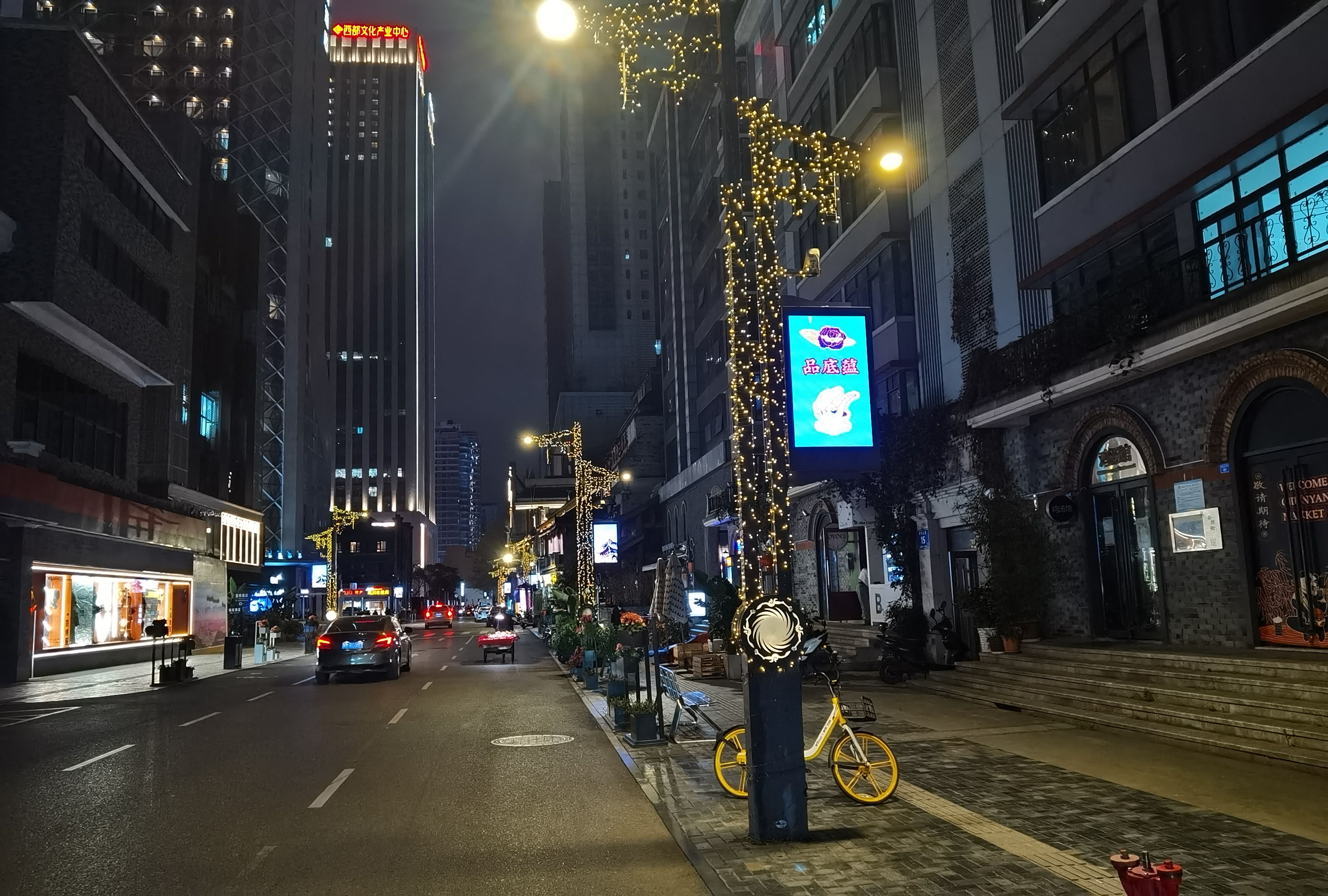Large LED Screen Application Scenarios and Demonstrated Advantages:
Author: Huajiang
Date: 2024-03-20 10:02:34
Description of Large LED Screen Application
Scenarios and Demonstrated Advantages:
Scenario:
Large LED screens find applications across a diverse range of scenarios, serving as dynamic visual platforms capable of captivating audiences in various environments. One such scenario is the use of large LED screens in outdoor events, such as music concerts, sports matches, and public gatherings. These screens act as focal points, displaying high-definition visuals that enhance the overall atmosphere and engage viewers on a grand scale. Additionally, large LED screens are commonly employed in advertising and marketing campaigns, particularly in urban centers and commercial districts, where their prominent visibility effectively communicates messages to large crowds.

Advantages:
The utilization of large LED screens offers
several distinct advantages:
- High Visibility: Large LED screens
are designed to be highly visible even in bright outdoor environments,
ensuring that content remains clearly visible to audiences from a
distance. This characteristic makes them ideal for outdoor events and
advertising campaigns, where attracting attention from large crowds is
crucial.
- Dynamic Content Delivery: The
versatility of large LED screens allows for the display of dynamic and
engaging content, including videos, animations, and live feeds. This
capability enables organizers to create immersive experiences that capture
the audience's attention and convey messages effectively.
- Scalability: Large LED screens can
be customized to accommodate various sizes and configurations, making them
suitable for different venues and applications. Whether installed as
standalone displays or integrated into larger structures, their scalable
nature ensures flexibility in deployment.
- Durability and Weather Resistance:
Large LED screens are built to withstand outdoor conditions, including
exposure to sunlight, rain, and temperature fluctuations. This durability
makes them reliable options for long-term use in outdoor settings,
minimizing maintenance requirements and ensuring consistent performance.
- Impactful Advertising: In
advertising and marketing campaigns, large LED screens offer unparalleled
visibility and impact, effectively capturing the attention of passersby
and driving brand awareness. Their ability to display high-definition
visuals with vibrant colors and dynamic content enhances the effectiveness
of advertising messages, leading to increased engagement and conversion
rates.

Here are some considerations to keep in
mind when using a large LED screen:
- Installation Location: Choose a
suitable location for the LED screen, considering factors such as
visibility, accessibility for maintenance, and environmental conditions
(e.g., exposure to sunlight, rain, or extreme temperatures).
- Power Supply: Ensure that the LED
screen has access to a stable and adequate power supply to operate
efficiently. Use surge protectors and voltage stabilizers to protect the
screen from power fluctuations.
- Content Management: Plan and
organize the content to be displayed on the LED screen effectively.
Consider factors such as content resolution, aspect ratio, and
compatibility with the screen's specifications.
- Brightness and Contrast: Adjust the
brightness and contrast levels of the LED screen according to ambient
lighting conditions to ensure optimal visibility without causing
discomfort to viewers.
- Pixel Maintenance: Regularly
inspect the LED screen for any dead pixels, color inconsistencies, or
physical damage. Schedule routine maintenance to clean the screen and
address any issues promptly.
- Temperature Control: Monitor and
control the temperature around the LED screen to prevent overheating,
which can affect performance and longevity. Install adequate ventilation
or cooling systems if necessary.
- Weather Protection: If the LED
screen is installed outdoors, take measures to protect it from adverse
weather conditions such as rain, wind, dust, and humidity. Use
weatherproof enclosures and covers to shield the screen when not in use.
- Security Measures: Implement
security measures to prevent unauthorized access to the LED screen and
protect it from vandalism or theft. Consider using security cameras,
locks, and alarms to safeguard the screen and its components.
- Backup Systems: Have backup systems
in place to ensure continuous operation of the LED screen in case of power
outages or technical failures. Use uninterruptible power supplies (UPS)
and redundant components for added reliability.
- Compliance with Regulations: Ensure
that the installation and operation of the LED screen comply with local
regulations, codes, and safety standards. Obtain necessary permits and
approvals before installing the screen in public areas.
By addressing these considerations, you can
optimize the usage of a large LED screen and maximize its performance,
reliability, and longevity.



